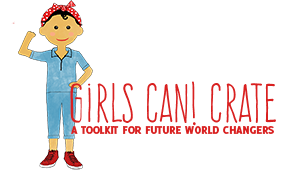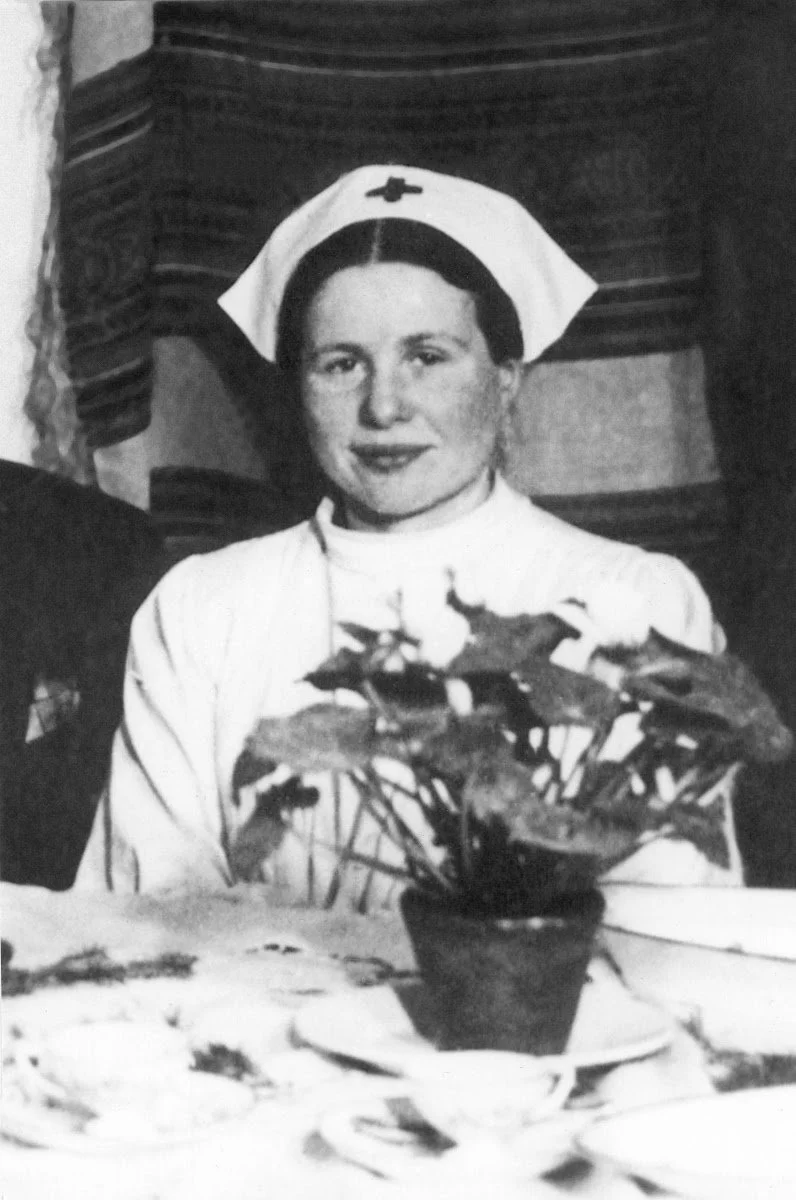Irena Sendler was an unsung hero of World War II. Certainly, the Nazis didn't want her story getting out, the idea that anyone was resisting them and evading them wasn't anything they'd want publicized. Nor did the Russians want Irena's name known once they took over Poland from the Germans, they didn't like that she valued individuals equally and went so far as to label her a Fascist. No, for the most part, Irena Sendler's story was largely unknown to the world. She was known only to those who'd worked with her, worked against her, and those who'd been saved by her. That is, until her story was made known in the most unlikely way possible.
Picture this: A high school classroom in rural Kansas. It's 1999. I mean, we're talking nearly 44 years following the end of World War II with over 5,000 miles between Kansas and Poland. Norm Conrad, a social studies teacher, showed three female students a 1994 article from U.S. News and World Report about a woman who'd reportedly saved over 2,000 children from the Warsaw Ghetto. Conrad thought that this had to be a typo because he'd never heard of this woman. Surely if someone had rescued that many children from the Warsaw Ghetto her name would be known, right? So, the students, Megan Stewart, Elizabeth Cambers, Sabrina Coons, and Jessica Shelton, decided to look into this woman's story and make it their entry in the year-long National History Day project. The girls, who were eventually joined by other students, began to research Irena and find sources to confirm or deny U.S. News and World Report's figure. They were astounded by what they found.
They found that the number of children saved was not only not a typo, but absolutely true. Irena Sendler had indeed saved over 2,000, and some people estimate as many as 2,500, Jewish children during the Holocaust. Spurred on by Irena's incredible story of bravery, sacrifice, and tenacity, the students wanted to make her story known to all in their community. Turning Irena's story into a play, the students performed their piece throughout their community and began to introduce Irena to the world. The students titled their play Life in a Jar. Why this name? Whenever Irena would rescue a new child she would write their Jewish name, new Polish name, and the location of where she sent them to keep them safe on a scrap of tissue paper. Then, she would place that paper in a jar and bury it in her yard. This was how she kept a record of all of the children she rescued with the intention of reuniting the children with their families after the war ended. The play was a tremendous success. Still, the students wanted to know more about Irena and what had become of her. They were certain that given the amount of time that had passed since the end of the war, Irena must have passed away. Much to their surprise, Irena was alive and well in Poland!
Soon the students began sending what money they raised from performing their play to Poland to help pay for Irena and other rescuers' care. Then, with the help of a university student who spoke Polish, the students and Conrad began to trade letters with Irena. (Clearly this was before the age of email. Can you imagine what this would have looked like in today's age? What if they had been able to FaceTime with Irena Sendler?!) The students took these letters and created a collection that they shared with universities, historical societies, and Jewish organizations in Chicago and New York. Soon, the play and Irena's story caught the attention of the national media and the students found themselves retelling Irena's story before TV cameras, on the radio, and in print. While this was in and of itself amazing and they were thrilled to get Irena's story 'out there', what they really wanted to be able to do was to meet her in person.
Their dream became reality when a businessman who saw the play was so moved by Irena's story that within 24 hours he'd raised enough funds to send the students and Conrad to Poland! In 2001, two years after first hearing the story of Irena Sendler, the students, Conrad, and others met with Irena in person and heard from her very own lips the tale of her work as a fierce protector of Warsaw's Jewish children. And if that wasn't enough, they were also able to witness a meeting between Irena and some of the children, now adults, that Irena had rescued.
Sit with that a moment. Imagine that moment. Imagine what the weight of that moment must have felt like. To witness that exchange would be almost...sacred. And then imagine this, those who had been rescued by Irena gave the students the nickname"Rescuers, Rescuers of Irena's Story." The students and Norm Conrad had brought to light the story of Irena Sendler and other rescuers. From Poland to Kansas and to the entire globe, the story and bravery of Irena Sendler and other rescuers have influenced and changed all who have heard their stories. They have reminded us that we belong to each other and we must fight for one another.
The Nazis and those after them had tried to keep their story in the dark, to keep the world from knowing that in the midst of one of the darkest moments in human history there had been a sliver of light, that some had fought for what was right and good. But the light will always win out against the dark. The dark can never overcome the light.
Want to learn more about "Life in a Jar" or Irena Sendler? "Life in a Jar" is still being performed across the country! Check out the "Life in a Jar" website here to learn more about the project, to see where they're performing, to learn more about Irena, and more!


